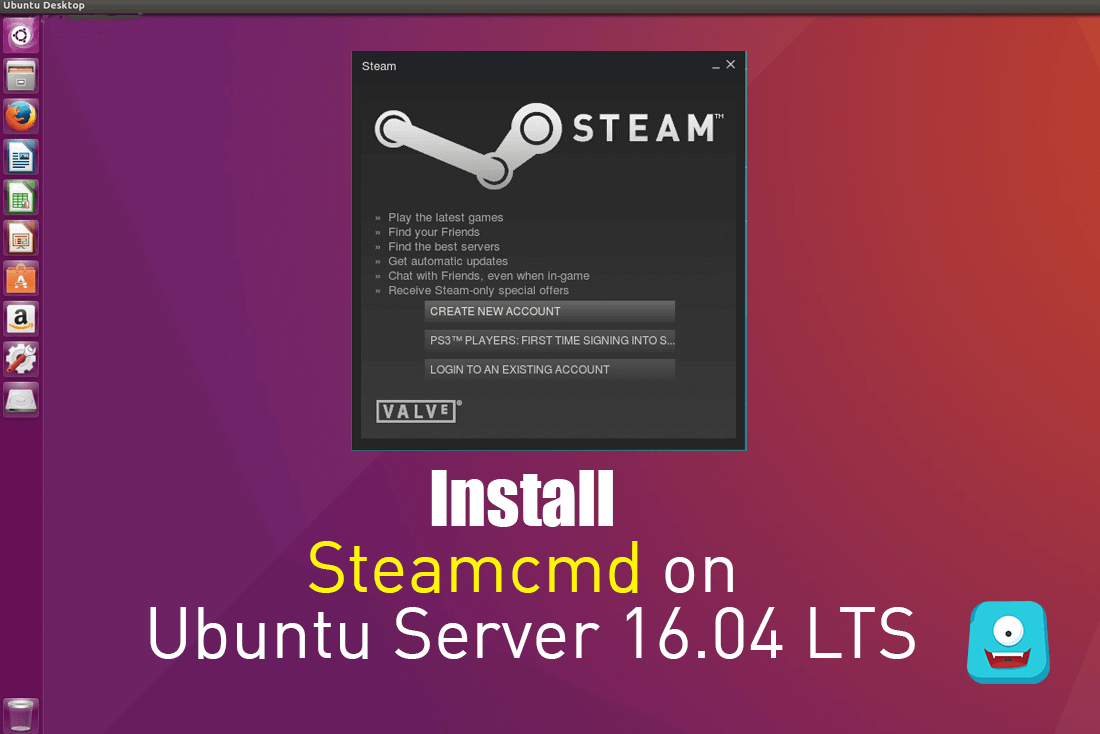6 Simple Steps to Implement A Data Integration Solution in Business

Today, effective data integration solutions have become a need for every organization. Whether you want to know employees and sales turnover or look for past years’ sales records, data analysis tools help you to fetch information quickly.
You can also assess the data anywhere and anytime to get desired results. But, implementing data analysis tools is not an easy step unless you are not aware of tools and how to integrate data.
To help you, this article contains six simple steps to implement data integration solution in business:
Work with the Software Vendor
The first step to establishing a data integration system in business is to collaborate with a software vendor. The solution provider works for the organization’s needs and interests to provide a suitable solution. For instance, if you have non-tech people in the company.
But business requires to go deeper into the company’s data, then looking for chartio alternatives to fulfill business requirements is a perfect solution. You can easily go deep, explore, filter, drill down, and pivot on data with software solutions.
Define and Document Integration Priorities
Listing down all the required integration tasks helps you to make the software selection process easier. For example, businesses want to get an idea about previous monthly, quarterly, or yearly sales as soon as possible.
Therefore, looking for a solution that helps to provide total sales transaction details, transactions in the last 30 days, and income growth could be a wise decision. Also check, your software should update incremental data. It helps you to save time and cost.
Identify the Appropriate Integration Interface
Data interface provides two kinds of data interface: one-way and two-way interface. Under a one-way interface, the data transferred from A point to B point only. There is no backward moment. Inventory payment and sales information are significant examples in B2B portals.
On the other hand, two-way interface applications send back information from one node to another node. Point of sale (POS) applications are examples of it. You must look for your business needs whether you need one node data integration or two ways.
Select the Right Interface Medium, May-be Not The Easiest One
While selecting the right medium of data transfer, it is important to look for your business’s future needs and upgrade options. Some of the common data integration mediums are spreadsheet, XML, comma-delimited, and direct database connection. Find out, you need a simple or complex data format. You should also pay attention to a solution that meets your business scalability requirements, data volume, and cost needs.
1. Monitor the process, put various checkpoints.
Fine-tuning the data is an important step to judge a solution’s performance. For example, in most B2B portals, the integration is done at the end of the day to know “how much quantity is sold” and “what is the retailer’s price.” These checkpoints help the business to boost performance.
In addition, some of the systems send emails to users in case of an issue to take corrective measures. Find out, if your software solution provides the details or not.
Ensure security of the data
Data theft is a major concern for every business. So, to protect your data, you must check whether the data in the software is encrypted or not. Otherwise, there is always a risk of cyberattacks.
Final words
Hope the above guide helps you to get the desired solution. Just make sure to create a list of business needs and what you want to look at in your software. Then, give it to the vendor and get the best software solution for your business needs.





